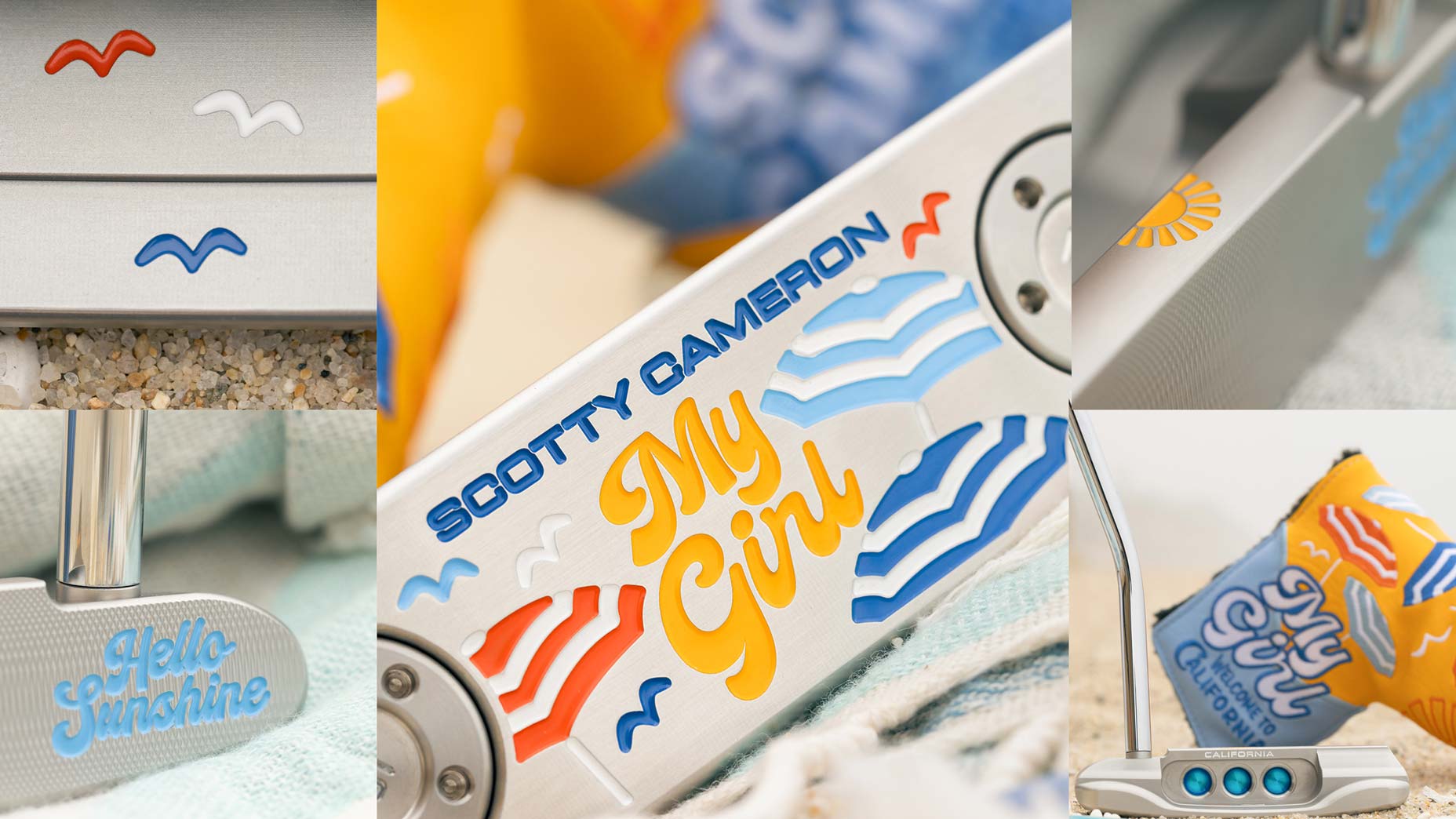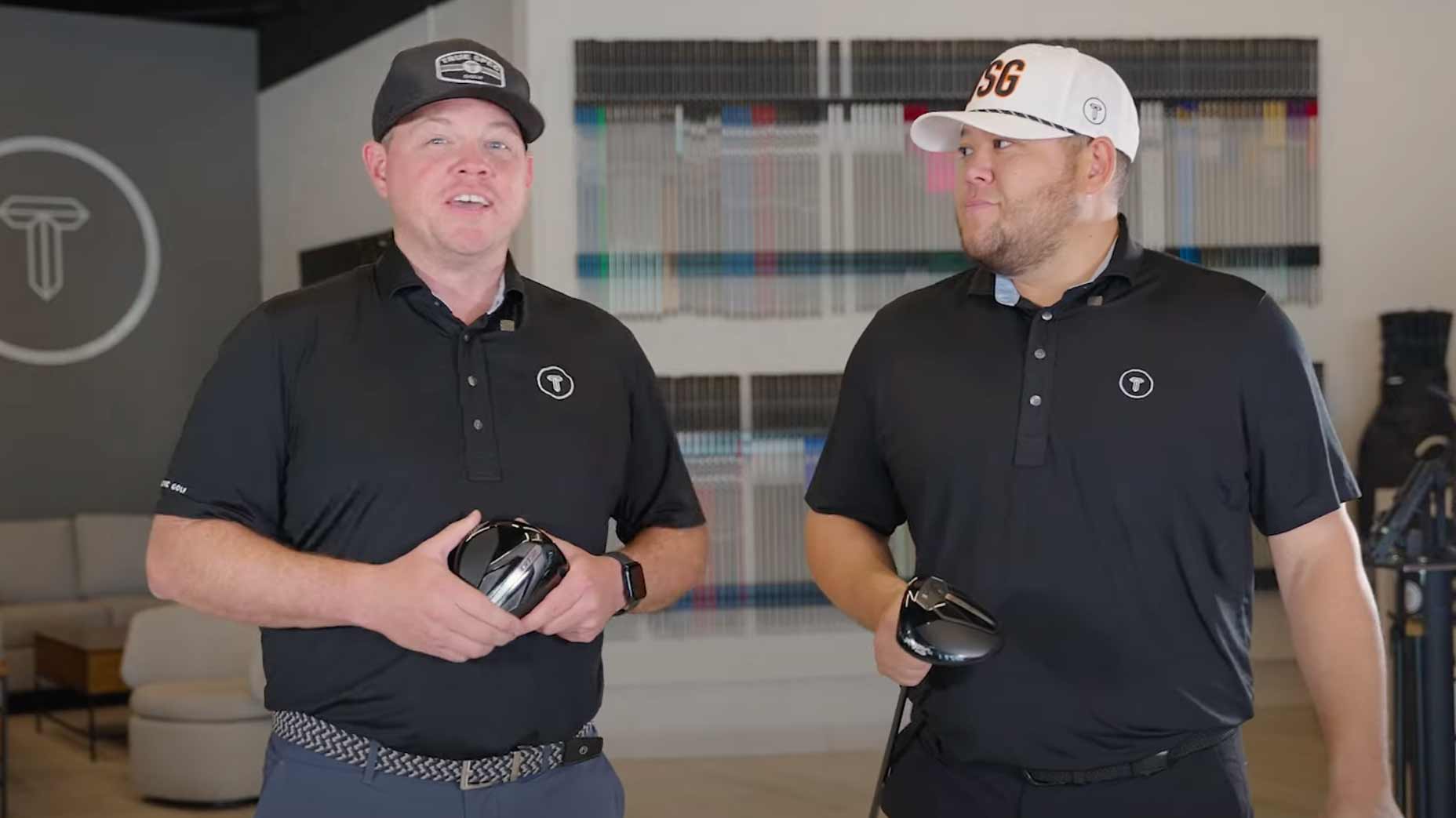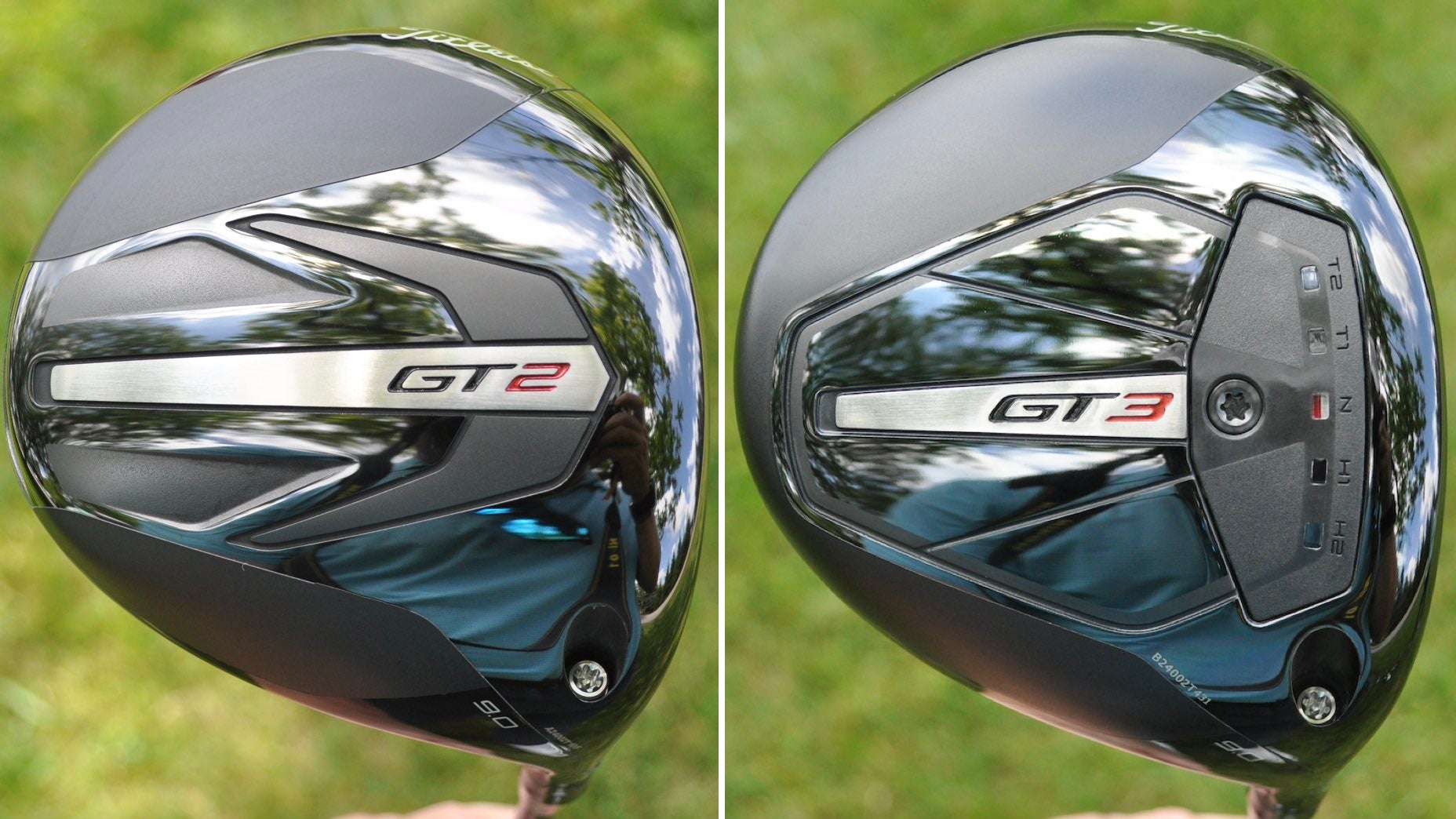Why one pro is putting a steel-shafted driver into play at Colonial
- Share on Facebook
- Share on Twitter
- Share by Email

Jimmy Walker using a steel-shafted driver at the 2008 Sony Open.
Getty Images
For the last six years, every PGA Tour player has used a graphite shaft in his driver during competition. Compared to steel shafts, which were the driver shaft of choice for most pros until around the early 2000s, graphite shafts are made with lightweight materials to help golfers pick up swing speed. Being that distance is crucial in golf, playing with steel driver shafts is seen as a competitive disadvantage in the modern game.
Actually, since 2008, a steel-shafted driver has only been used twice in competition on the PGA Tour (the 2012 Byron Nelson Championship, and most recently at the 2014 RBC Heritage), according to Titleist.
But that’s expected to change on Thursday. Jimmy Walker is reportedly taking it old-school with his driver and 3-wood setups at the 2020 Charles Schwab Challenge at Colonial Country Club in Fort Worth, Texas. According to Titleist, Walker is expected to use True Temper X100 steel shafts in his Titleist TS3 driver and Titleist TS3 fairway wood.
During the PGA Tour’s 13-week layoff period due to the coronavirus, Walker says that he started messing around with his old Titleist 970 fairway wood, which is equipped with a steel shaft.
“It all started a couple of months ago,” said Walker, according to a Titleist press release. “We got home and there was nothing to do so I got out my original Titleist 970 fairway metal, started hitting it, and was blown away by how well it worked. I remember it was the first club I ever had built by Titleist when I qualified for the Byron Nelson as an amateur in 2001. It was the first PGA Tour event I ever played. I had that club in the bag for the longest time.”
In comparison to the rest of the PGA Tour, Walker was a late adopter of graphite shafts in his metalwoods. He didn’t make a permanent switch into a graphite-shafted driver until 2008, whereas most of his contemporaries made the switch years prior.
“I remember playing steel for the longest time and somewhere along the line, everybody’s like, ‘well, you’ve got to make the switch to graphite,’ and we all did,” Walker said. “That was early to mid-2000’s. I held out as long as I could.”
So, why is Walker now choosing to go backwards in time when it comes to driver shaft technology?
“The steel just feels like it just works a little better for me,” Walker told Team Titleist last week. “It’s been pretty interesting. It’s what I played a long, long time ago. The shaft is quite a bit heavier, but I also feel like it’s got a lot more play in it than the really stiff graphite. I just feel like it works a little better for my golf swing.”
After testing out his old Titleist 970 fairway wood, Walker got in touch with J.J. VanWezenbeeck, Director of Player Promotions for Titleist, expressing his interest in playing the club in competition.
“I’m like J.J., ‘I am going to put this sucker in play,’” Walker said. “I was trying to be serious and he’s laughing. He said, ‘well let me try and find some X shafts if I can even get in the building. I’ll see if I can dust some off and build you a current model.’ Sure enough, he sent me a picture of this dusty box in the corner. He built the TS3 fairway and shipped it to me.”
Walker approved the Titleist TS3 fairway equipped with a steel shaft, so VanWezenbeeck also shipped a steel-shafted Titleist TS3 driver.
According to Titleist, Walker’s Trackman numbers with the new driver show ball speeds in the “high 170’s” and spin rates between 2,220 and 2,300 rpm. It’s also reported that his fairway wood is going slightly shorter than with a graphite shaft, but that’s no worry for Walker.
“My 3-wood was going a little too far for me, and this new one slid into a pretty good slot when it comes to gapping,” Walker said. “I go from the 3-wood to a 3-iron that can cover up to 240. And I now have a 64 degree wedge in the bag which I love around the greens, so I feel like I have perfect set comp right now.”
According to VanWezenbeeck, Walker was actually chasing a steel-like feel in his driver even prior to his quarantine experiments, and he’s now found the feel and control he’s looking for.
“Jimmy and I have been in communication throughout this process,” said Van Wezenbeeck. “He told me with the combination of ball speeds he is getting off the heads and the feel the shafts are creating, he has all the shots and control he needs – and still plenty of distance. Before his experiment during the break, we actually softened his graphite shafts at Honda because he was looking for more of that steel shaft feel. Jimmy is very knowledgeable about equipment and enjoyable to work with because he knows what he wants.”
Nostalgia may have also played a factor into Walker’s decision to return to steel.
“There were a couple of shots that stood out that first time I played with it, and I said to myself, ‘I remember that feeling,’” Walker said. “I mean, they were like the best feeling shots I’ve hit in so long. It was the way the shaft flexed into the ball. It was just like a whip at the bottom. And it had a heavy hit on it. I couldn’t believe how soft the shaft felt, but back in the day, people looked at that club and thought how stiff it was.”
According to Titleist, Walker’s 8.5-degree driver will play at 44 inches and his 15-degree 3-wood measures 42 inches; both have D5 swingweights.
It seems fitting that Walker’s return to steel shafts will come at Colonial, a classic course layout filled with great history. Ben Hogan would be proud.
To hear more gear insights from Jonathan Wall and True Spec’s Tim Briand, subscribe and listen each week to GOLF’s Fully Equipped podcast: iTunes | SoundCloud | Spotify | Stitcher
Latest In Gear

Andrew Tursky
Golf.com Editor
Andrew Tursky is the Senior Equipment Editor at GOLF Magazine and GOLF.com.








